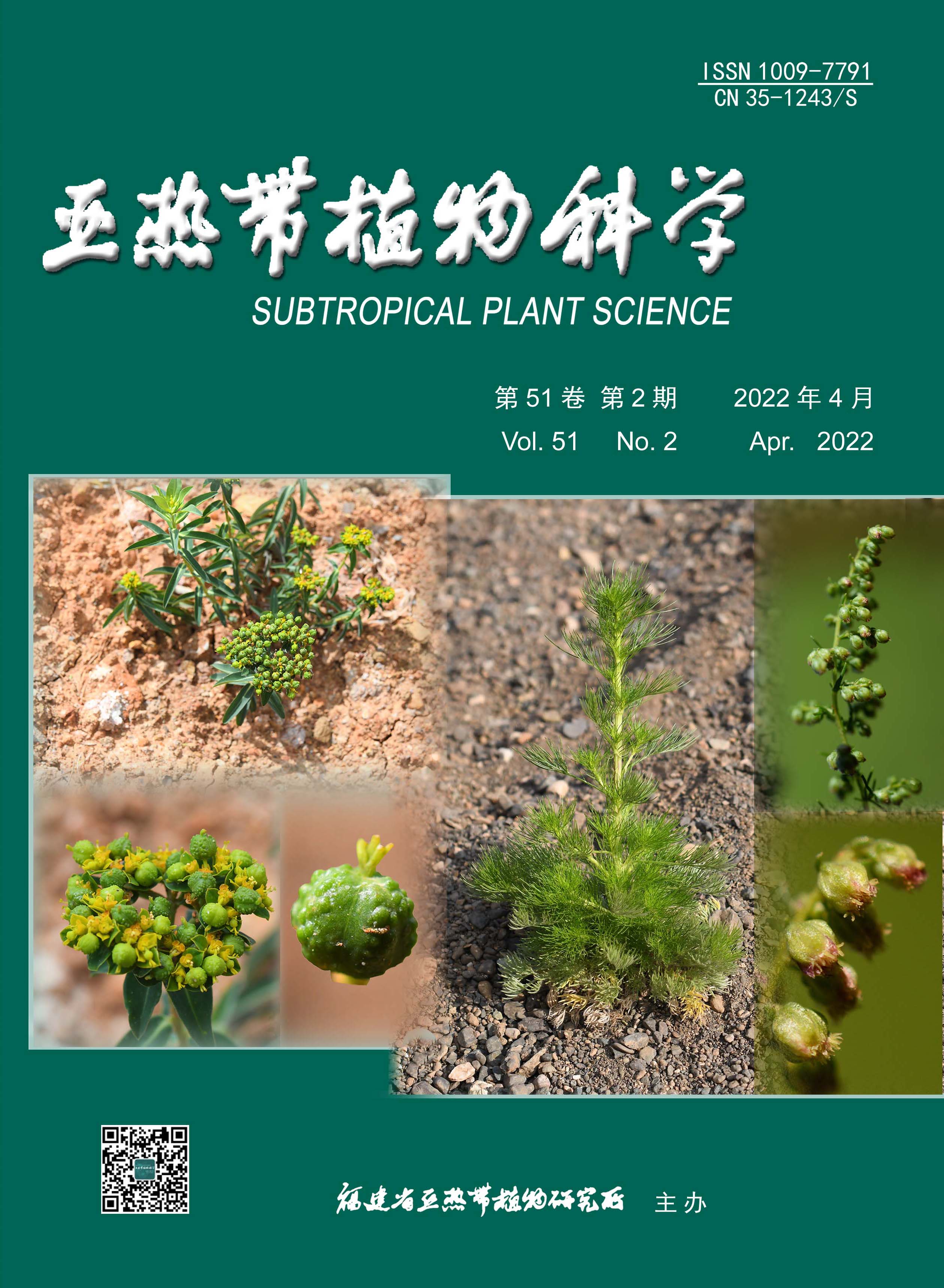|
|
Euphorbia oblongata (Euphorbiaceae) and Eupatorium capillifolium (Compositae), Two Newly Naturalized Plants for Flora of China
LI Shi-gang, LI Yu-ran, LI Ping-ping, WANG Huan-chong
2022, 51(2):
142-147.
DOI: 10.3969/j.issn.1009-7791.2022.02.009
Two newly naturalized plants were reported from Yunnan Province, China, namely Euphorbia oblongata of Euphorbiaceae and Eupatorium capillifolium of Compositae. The voucher specimens for each reported species were deposited in the Herbarium of Yunnan University (YUKU). Euphorbia oblongata is native to southern Europe and western Asia, and was newly found in Chenggong County of Kunming, Yunnan Province, China. Euphorbia oblongata is characterized by its caulicle and inflorescence rachis densely white villous, and capsules?globose with verrucose-tuberculate, glabrous. Eupatorium capillifolium is native to southern United States, and is a species widely cultivated. We newly found its wild distribution in Jianchuan County of Dali, Yunnan Province, China. It is characterized by its stems puberulent throughout, leaf blades nearly long-ovate, 2 to 3 pinnatisect, lobules oblong or linear, capitulum arranged in a compound raceme, each with 5 small flowers, corolla white greenish. Their morphological description and related photos were provided as well. In addition, their potential introduced ways were discussed, and hazards as well invasive risks were briefly assessed.
References |
Related Articles |
Metrics
|
